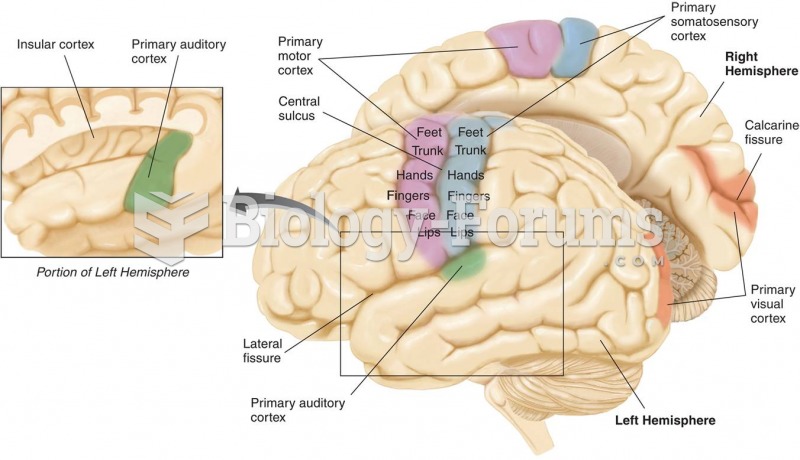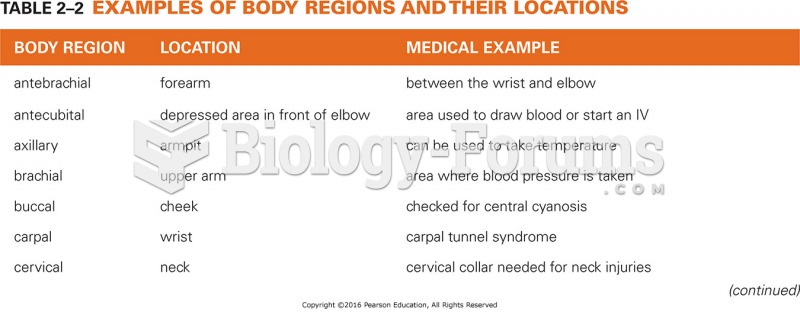|
|
|
Automated pill dispensing systems have alarms to alert patients when the correct dosing time has arrived. Most systems work with many varieties of medications, so patients who are taking a variety of drugs can still be in control of their dose regimen.
In 1864, the first barbiturate (barbituric acid) was synthesized.
After 5 years of being diagnosed with rheumatoid arthritis, one every three patients will no longer be able to work.
Though the United States has largely rejected the metric system, it is used for currency, as in 100 pennies = 1 dollar. Previously, the British currency system was used, with measurements such as 12 pence to the shilling, and 20 shillings to the pound.
Blood is approximately twice as thick as water because of the cells and other components found in it.







